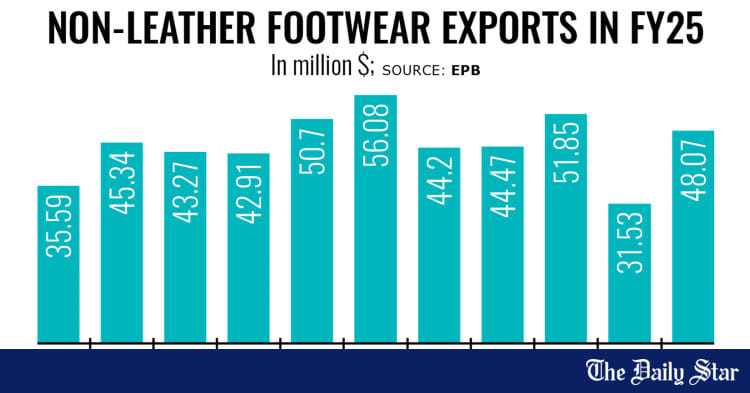Saif
Senior Member
- Messages
- 14,242
- Reaction score
- 7,473
- Origin

- Residence

- Axis Group


Adilur visits Savar tanneries to see rawhide preservation
Industries Advisor Adilur Rahman has said rawhides of more than 3.5 lakh sacrificial animals have so far been preserved in the tanneries of BSCIC Industrial City in Savar this year. Moreover, hides of over 7.50 lakh sacrificial animals would be reached to the tanneries very shortly, he said while
Adilur visits Savar tanneries to see rawhide preservation
FE ONLINE DESK
Published :
Jun 09, 2025 18:06
Updated :
Jun 09, 2025 18:06

Industries Advisor Adilur Rahman has said rawhides of more than 3.5 lakh sacrificial animals have so far been preserved in the tanneries of BSCIC Industrial City in Savar this year.
Moreover, hides of over 7.50 lakh sacrificial animals would be reached to the tanneries very shortly, he said while addressing a meeting with tannery owners at BSCIC Savar.
Adilur Rahman said this year the government has tried to ensure the proper storing of the rawhides and allow the sellers getting price of the rawhides as fixed by the government, reports BSS.
He said the government has given about 30 thousand metric tons of salt to tanneries for proper processing of the rawhides.
Adilur said the present government is making all efforts for development of the tannery industries. Action will be taken against the persons who are responsible for current miseries of the industry, he said adding that the Anti-Corruption Commission (ACC) has already summoned them.
The adviser also said the government has taken initiatives to modernize the tannery's central waste treatment plant.
Later, he inspected the rawhide preservation activities of the some tanneries.
Leaders of tannery association and other organizations related to leather industry were present.
FE ONLINE DESK
Published :
Jun 09, 2025 18:06
Updated :
Jun 09, 2025 18:06
Industries Advisor Adilur Rahman has said rawhides of more than 3.5 lakh sacrificial animals have so far been preserved in the tanneries of BSCIC Industrial City in Savar this year.
Moreover, hides of over 7.50 lakh sacrificial animals would be reached to the tanneries very shortly, he said while addressing a meeting with tannery owners at BSCIC Savar.
Adilur Rahman said this year the government has tried to ensure the proper storing of the rawhides and allow the sellers getting price of the rawhides as fixed by the government, reports BSS.
He said the government has given about 30 thousand metric tons of salt to tanneries for proper processing of the rawhides.
Adilur said the present government is making all efforts for development of the tannery industries. Action will be taken against the persons who are responsible for current miseries of the industry, he said adding that the Anti-Corruption Commission (ACC) has already summoned them.
The adviser also said the government has taken initiatives to modernize the tannery's central waste treatment plant.
Later, he inspected the rawhide preservation activities of the some tanneries.
Leaders of tannery association and other organizations related to leather industry were present.






